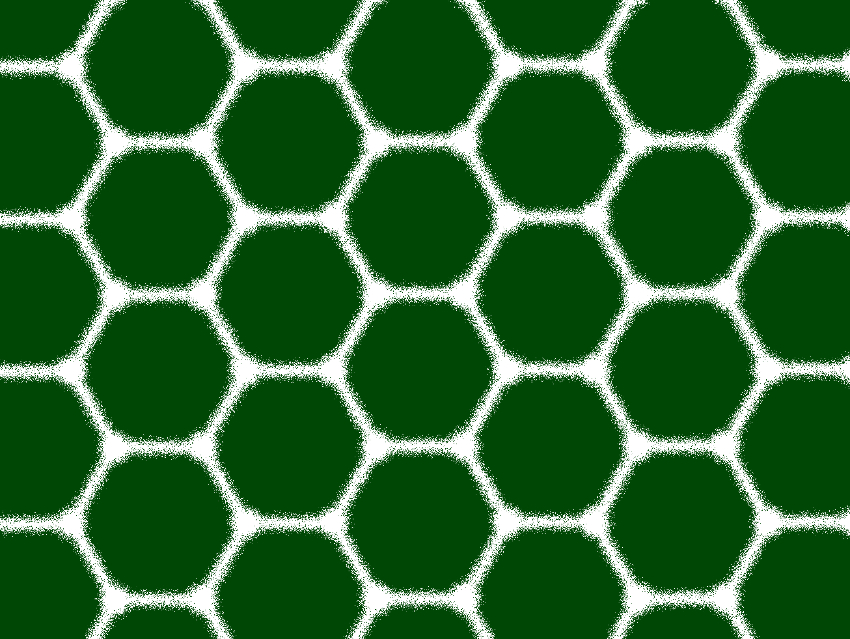Graphene comes in several different forms. Graphene oxide (GO), for example, is functionalized on the surface, which can be useful in some applications, such as in composites and formulations. Reduced graphene oxide (rGO) is more chemically stable than GO and can also be used in various applications. There are many different reduction processes used to create rGO from GO. The production process used can determine the properties, degree of reduction, and the performance of the resulting rGO.
Masaki Hada, University of Tsukuba and Okayama University, both Japan, Ken Onda, Kyushu University, Fukuoka, Japan, Yuta Nishina, Okayama University, and colleagues have used a combination of theoretical and experimental approaches to see how the oxygen-containing groups on the surface of GO are removed in the different reduction processes. The researchers investigated two common methods—heating and irradiation with light (photoexcitation)—and used ultrafast time-resolved electron diffraction, ultrafast mid-infrared (IR) vibrational spectroscopy, and time-dependent density functional theory (TD-DFT) calculations to investigate the reduction mechanisms.
The results showed that photoirradiation of the GO sheet removes epoxy groups on the material. This specific removal is due to a selective absorption occurring in the epoxy bonds which causes the bonds to break via an electronic transition. By comparison, when heat is used, there is no optical absorption. The thermal absorption is not selective and causes the reduction of both the epoxy groups and the hydroxyl groups on the surface of the GO sheet.
- Selective Reduction Mechanism of Graphene Oxide Driven by the Photon Mode versus the Thermal Mode,
Masaki Hada, Kiyoshi Miyata, Satoshi Ohmura, Yusuke Arashida, Kohei Ichiyanagi, Ikufumi Katayama, Takayuki Suzuki, Wang Chen, Shota Mizote, Takayoshi Sawa, Takayoshi Yokoya, Toshio Seki, Jiro Matsuo, Tomoharu Tokunaga, Chihiro Itoh, Kenji Tsuruta, Ryo Fukaya, Shunsuke Nozawa, Shin-ichi Adachi, Jun Takeda, Ken Onda, Shin-ya Koshihara, Yasuhiko Hayashi, Yuta Nishina,
ACS Nano 2019.
https://doi.org/10.1021/acsnano.9b03060




